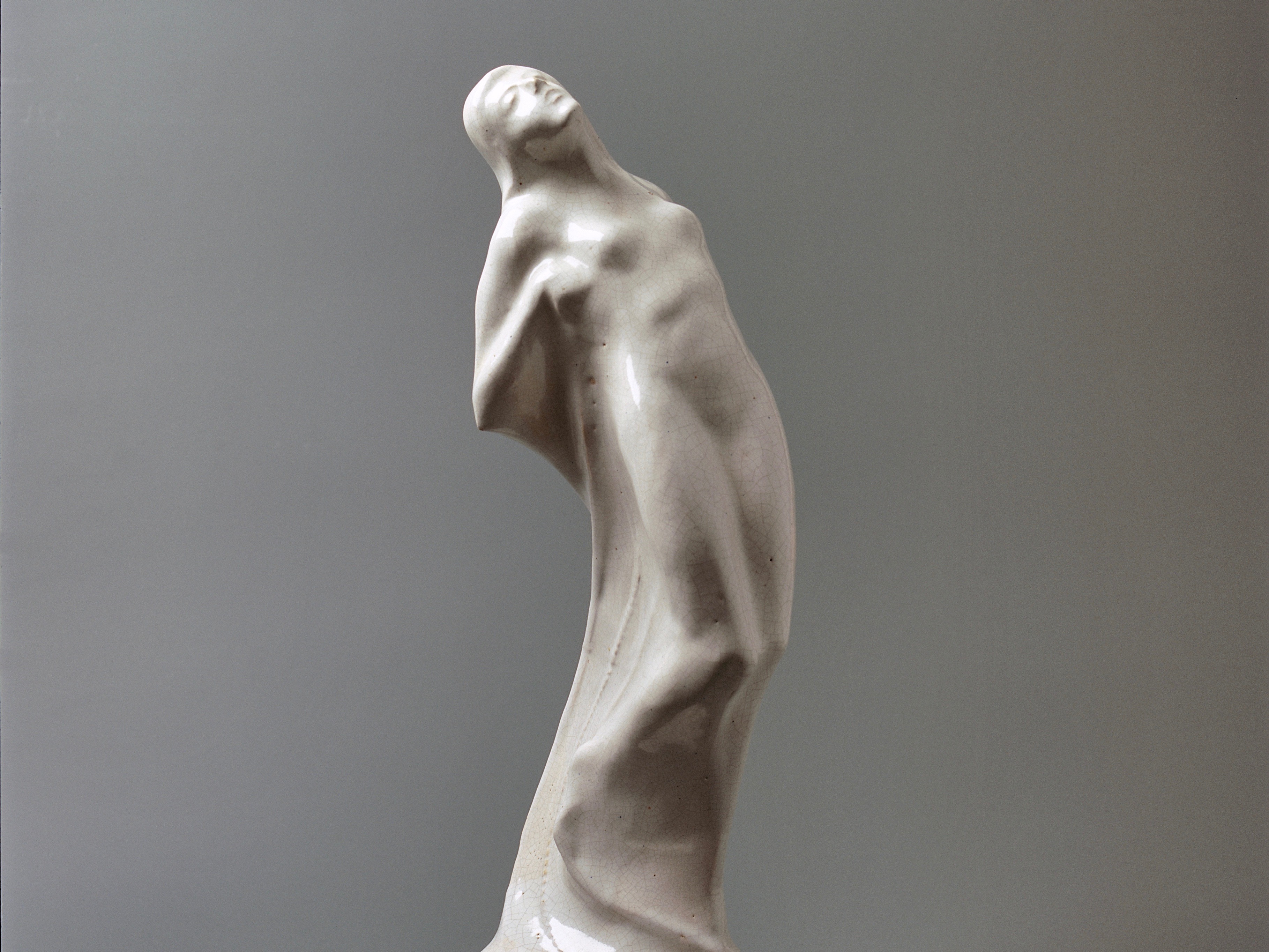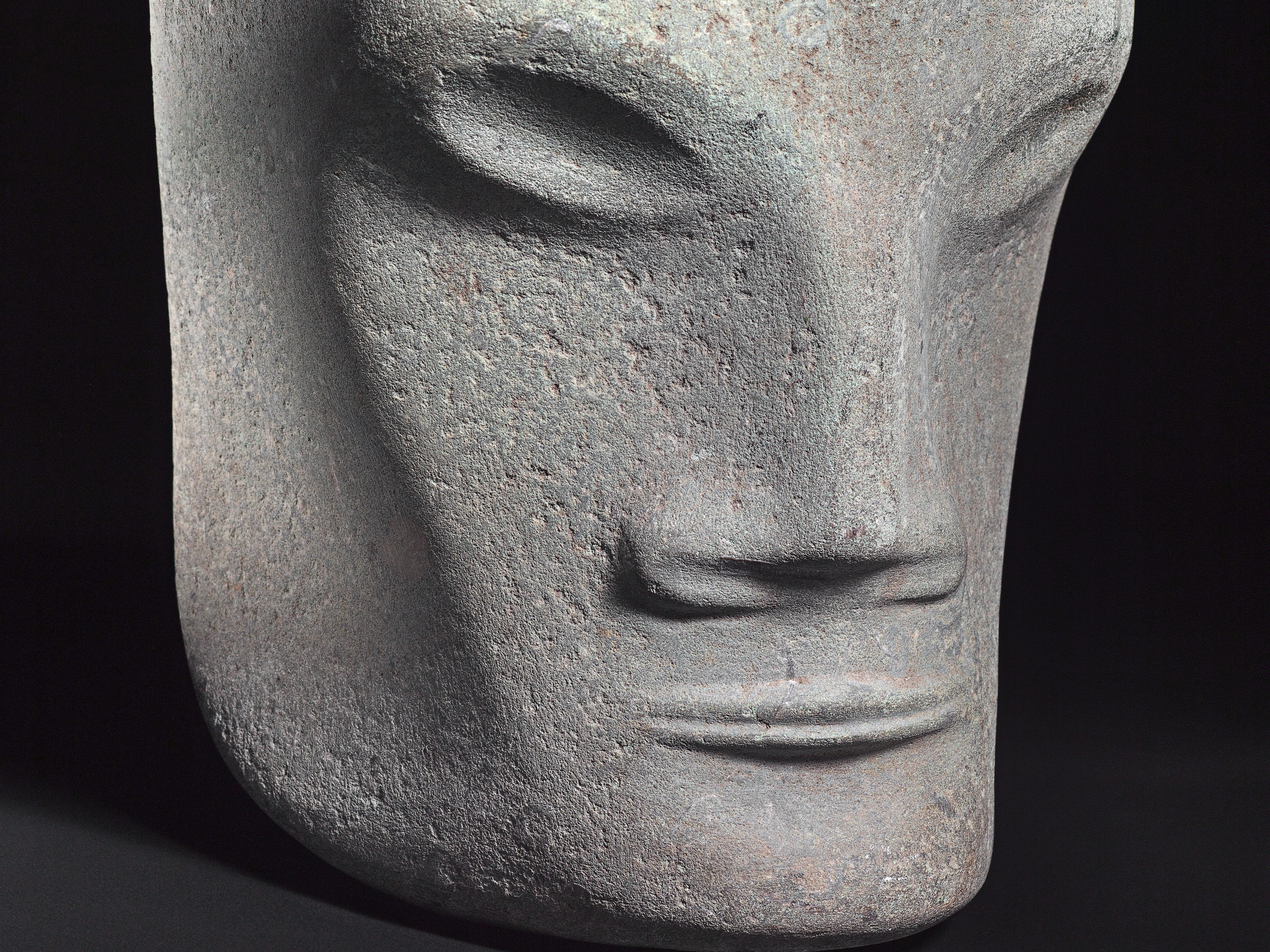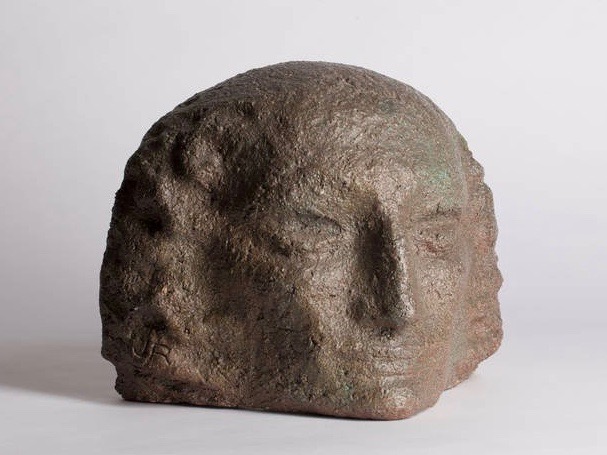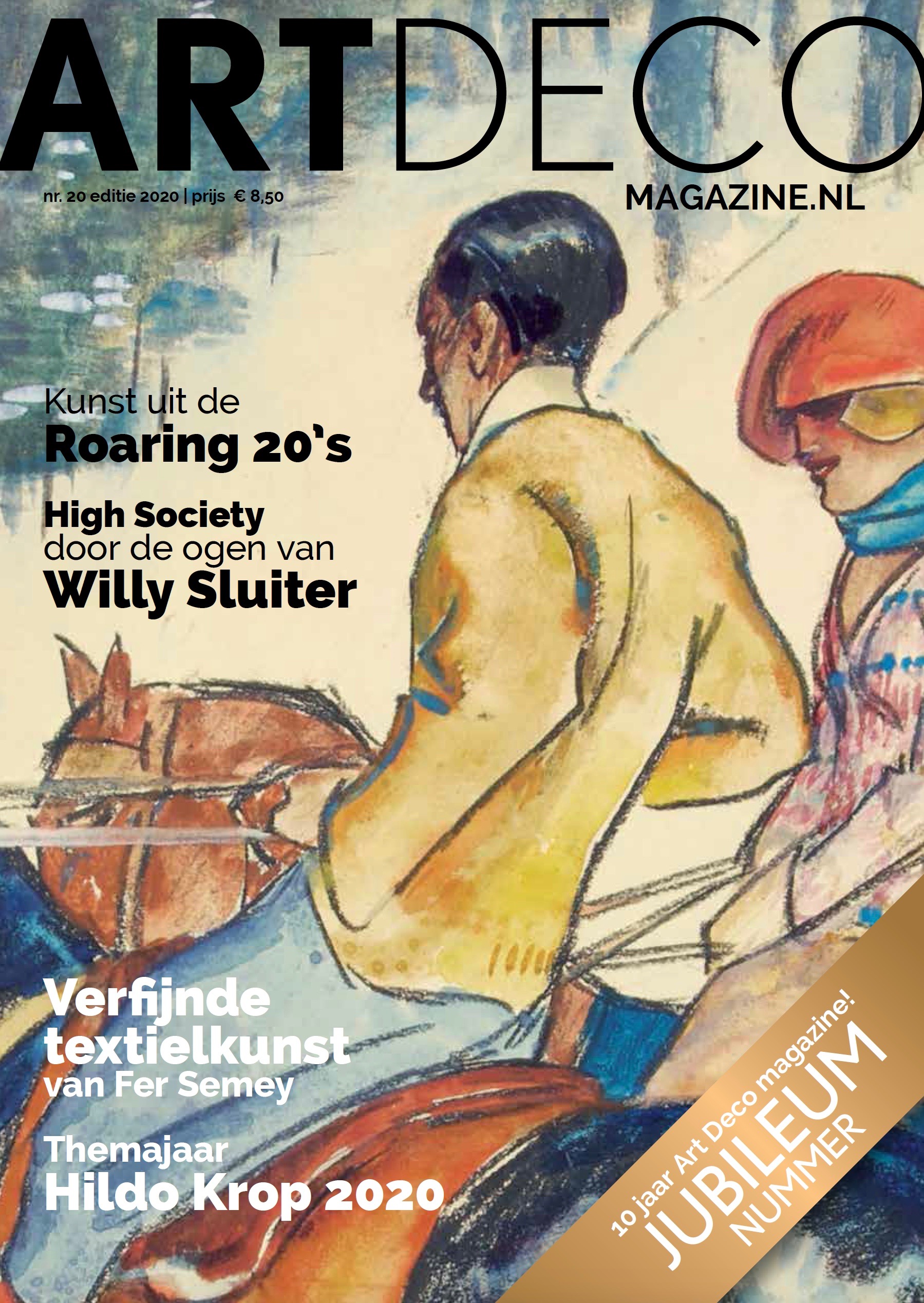Exhibited in the famous Art Deco Exhibition in Paris, 1925: A Unique Tea Cabinet by Michel de Klerk
Starting in 1912 in the Netherlands, the audacious style movement known as the Amsterdam School develops. The movement is characterised by rich, sculptural imagery and ornamentation, as well as by its focus on craftsmanship and the use of luxurious materials. The expressive style leaves a strong mark on Dutch design as a whole. This also becomes clear from the Dutch contribution to the ‘Exposition des Arts décoratifs et industriels modernes’ held in Paris in the Summer of 1925. In this exhibition — from which Art Deco takes its name — the Dutch contribution mainly comprised work by Amsterdam School architects and designers. One of the exhibited works was a tea cabinet by Michel de Klerk (who suddenly passed away eighteen months before). As far as we know, this is the only known example of this design.
As a counterpart to the sober, austere designs of rationalist H. P. Berlage, the Amsterdam School offered room for artistic experiments. The best example of this, in the area of furniture, is in the designs created by Michel de Klerk in 1916 for the Amsterdam firm ’t Woonhuys. The ensembles, of which this mahogany tea cabinet is a part, are the most surreal- expressionistic pieces of furniture ever designed in the Netherlands.
Most Important Architect of the Amsterdam School
Michel de Klerk (1884–1923) is considered the most important architect of the Amsterdam School. Amongst others, he designed Het Schip (The Ship) — a world-famous set of workers' houses in Amsterdam. De Klerk co-worked on the Scheepvaarthuis, which currently houses Grand Hotel Amrâth Amsterdam. Some furniture designed by him still remains in the old boardrooms of this acclaimed Amsterdam School building. Besides this, he also designed several pieces of furniture commissioned by affluent clients for whom he also designed the houses.
In 1915, De Klerk joined the Amsterdam firm ’t Woonhuys, which offered its designs in small editions to wealthy clients. F. J. Zeegers, Director of this Amsterdam furniture company, was very impressed with the "furniture art" of De Klerk, which was considered to be at the forefront in terms of aesthetic beauty. In De Klerk's works the construction and materials were not an end in itself but rather a means to achieving aesthetic forms.
Phantasmagorical Furniture Design
In his expressive design, De Klerk did not allow himself to be hindered by requirements of usability. Erratic organic forms inspired by marine life and ribs were combined with form elements of the folk art of Scandinavia, as well as German, Austrian and Scottish architecture. This led to a phantasmagorical furniture design with parabolic shapes, pointed turrets and jagged motifs.
You can clearly see this when considering the dining room ensemble of which the tea cabinet forms a part. De Klerk designed this as a 13-piece ensemble, comprising a table, six dining chairs, two armchairs, one tea cabinet, a buffet, a dumb waiter and a plate rack. In his design, De Klerk played with the centre of gravity and stability; he combined solid parts with light elements and jagged, serrated and wavy decorations. Heavy parts were supported floating on unusually shaped legs. In addition, he used mahogany and ebony coromandel wood, and a coating of moquette in saturated hues of red, purple and green.
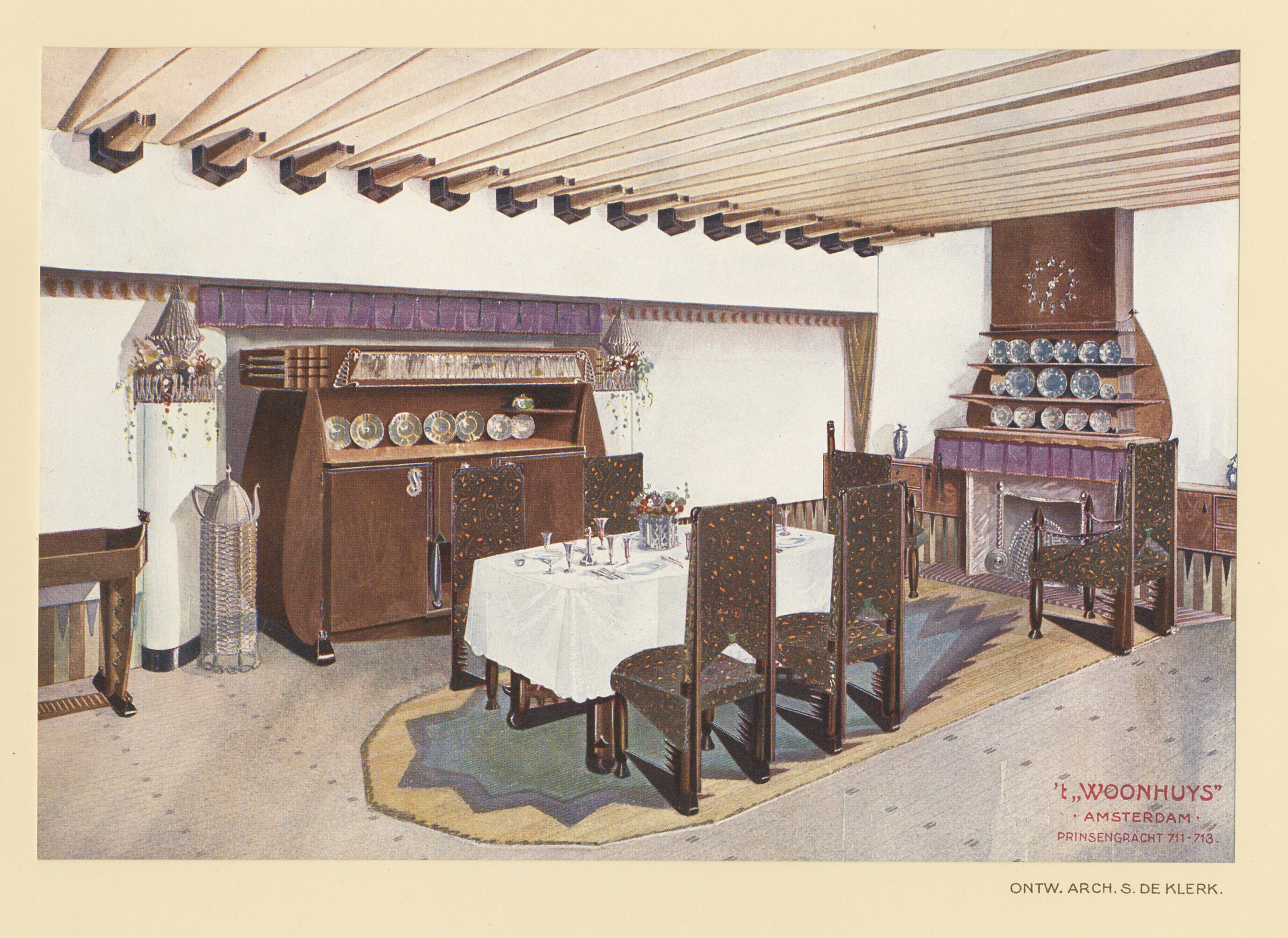
Important Find
Until recently, there were only three dining room ensembles known to have been designed by De Klerk: two are in museum collections, namely the Central Museum in Utrecht and The Wolfsonian Museum in Miami; the tea cabinet, however, was represented in none of these ensembles. Therefore, it was an important find when Kunstconsult - 20th Century Art | Objects discovered an ensemble including the tea cabinet that belonged to a private family. It is the only known copy of this piece of furniture.
New Discovery
The story became even more exciting when publications pertaining to the finding of the rare dining room ensemble led to a further new discovery: an heir of an Amsterdam industrialist reported having related pieces of furniture by Michel de Klerk in her possession. Her grandfather had commissioned the construction of an Amsterdam School villa in the dunes of Overveen in 1916. At the time, the house was furnished by Michel de Klerk, she knew. She remembered the dining room ensemble, which she had seen in the recent publications. What had triggered her attention was the fact that the discovered dining room ensemble had been bought at an auction in 1954, which was the time her family had auctioned their furniture. She was convinced that Kunstconsult possessed the dining room furniture from her grandparents’ villa, Huize de Helm (The Helm House). Her family had had the ensemble auctioned because they had felt they were too large and too heavy.
Pieces of furniture from the villa that were more manageable were preserved: the lady still owned a secretary, two pedestals, and a smaller tea cabinet. Family albums were retrieved and opened on the table. A moment of recognition struck when two young girls with ribbons in their hair, photographed in the conservatory of the house, were seen sitting in the armchairs of the dining room ensemble.
The Uncovering of Unknown Furniture
In the research that followed, Kunstconsult came across an article in the Buiten magazine from 1920. This confirmed Michel de Klerk’s involvement in the interior design and furnishing of Huize de Helm in word and image. Two dining chairs and the table are depicted, as is the smaller tea cabinet with its expressive hinges. This cabinet was also designed by De Klerk as part of a salon ensemble for ’t Woonhuys in 1916.
The secretary desk still owned by the heir of the Amsterdam industrialist is much like that of De Klerk’s dining room furniture in terms of its design. The solid black solid black feet, the undulating ridge with decorative turrets and the S-shaped handles also are reflected in the unique tea cupboard and the buffet. However, in De Klerk’s design drawings for his dining room ensemble, a secretary desk is not included. It is quite possible that the owner of Huize de Helm commissioned De Klerk to deliver a similar piece of furniture in the same style.
The expressive shape and materials of the pedestals clearly point in the direction of De Klerk. The design and the existence of these pieces of furniture were hitherto unknown.
Rare and Special Furniture Design
How many pieces of De Klerk’s furniture were sold by ’t Woonhuys remains a mystery. The archives of the furniture factory are largely lost; only drawings and documentation photographs remain in the Nederlands Architectuur Instituut (NAI) (the Dutch Architecture Institute). De Klerk’s quirky furniture was highly appreciated by the more affluent intelligentsia. The fact that few remain is undoubtedly related to the fact that the furniture was designed for its artistic value rather than for utility value. Aside from the aforementioned dining rooms, a salon ensemble is known, which forms part of the Rijksmuseum collection.
An exhibition at the Amsterdam School in 1975 in the Stedelijk Museum Amsterdam breathed new life into the interest for De Klerk’s furniture art. Nowadays, his designs are highly appreciated as rare and special parts of Dutch Furniture Design. The exhibition Living in the Amsterdam School in 2016 in the Stedelijk Museum– the largest ever dedicated to the Amsterdam School – undoubtedly sparked this interest even further.
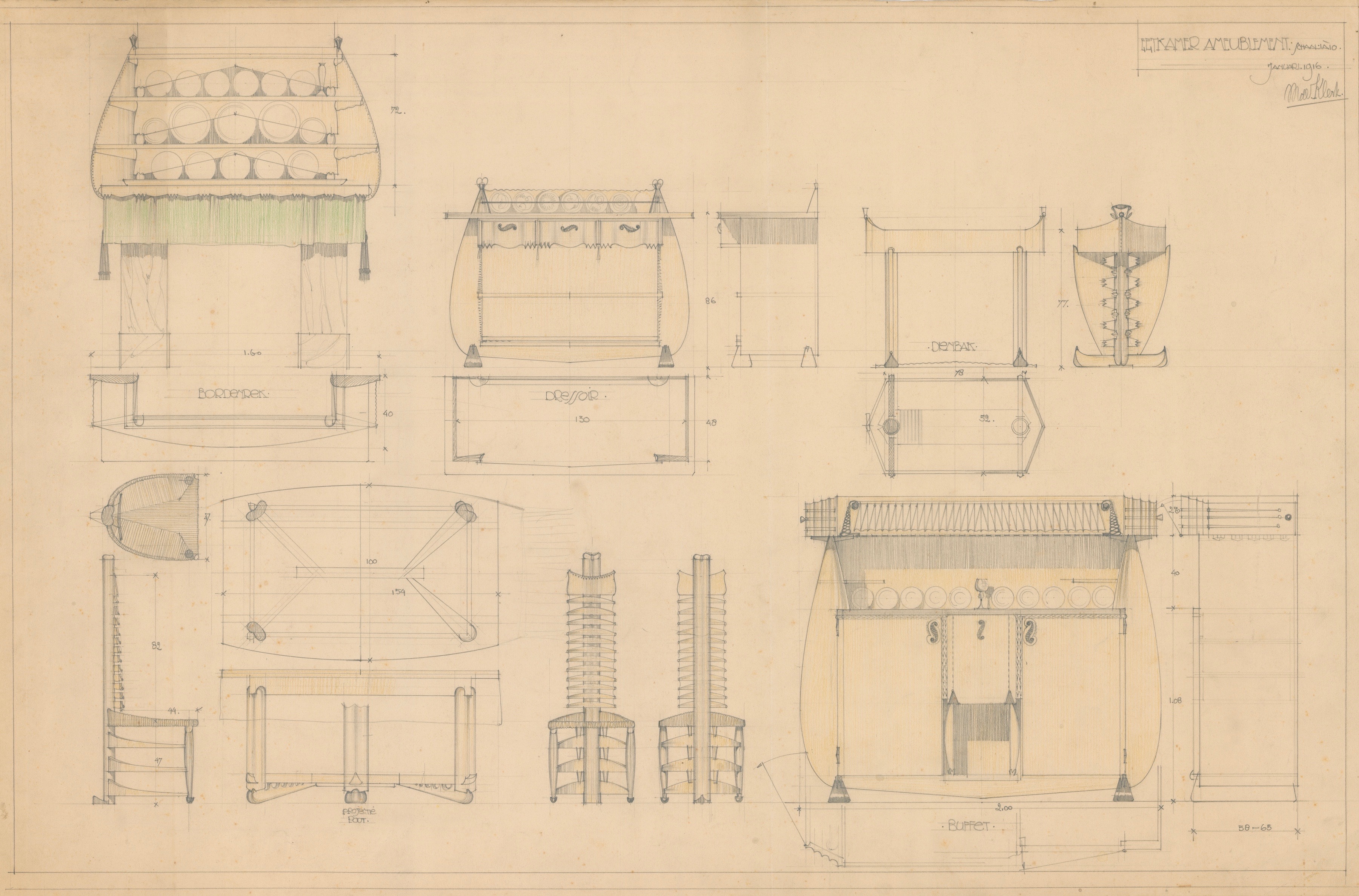
© Kunstconsult – 20th century art | objects
Reproduction and distribution of this text is only allowed with correct reference.

